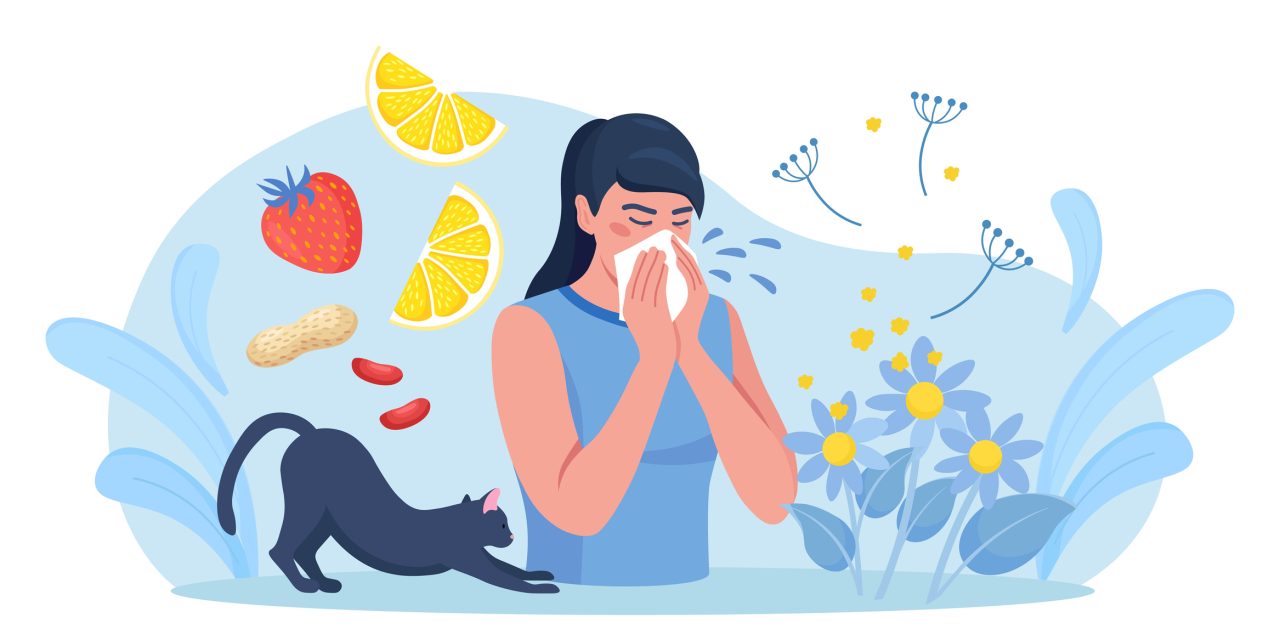To investigate variables related to human papillomavirus (HPV) vaccination rates, explain barriers and facilitators to vaccine uptake, and discuss the possible impact of clinician-to-clinician Assessment, Feedback, Incentives, and eXchange (AFIX) visits in school-based health facilities (SBHCs). Researchers performed clinician-to-clinician AFIX visits in 24 New York City (NYC) high-school and middle-school SBHCs with adolescent immunisation rates below 40%. They examined HPV start and series completion rates at the time of AFIX visit and three to five months later using NYC’s vaccination information system. To identify barriers and facilitators to HPV vaccination practises and quality improvement (QI) implementation, they examined questionnaire results and summarised interviews. Baseline beginning and completion rates for high schools were 76 per cent and 43 per cent, respectively, and 81 per cent and 45 per cent for middle schools. SBHCs that permitted teenage self-consent or did not need separate vaccination permission had higher baseline rates, but the difference was not statistically significant. At follow-up, high school SBHCs boosted HPV vaccination start by 2.9 percentage points and series completion by 2.7 percentage points. At middle school SBHCs, there was no statistically significant increase. As a QI technique, the majority of SBHCs used reminder/recall systems. Fewer than half of the companies put their QI plan into action.
At our SBHC sample, we discovered impediments to completing the HPV vaccination regimen. AFIX visits between clinicians may assist boost vaccination rates and motivate providers to address impediments, such as expediting consent processes for the HPV vaccine.
Reference: https://www.tandfonline.com/doi/full/10.1080/21645515.2019.1578596


